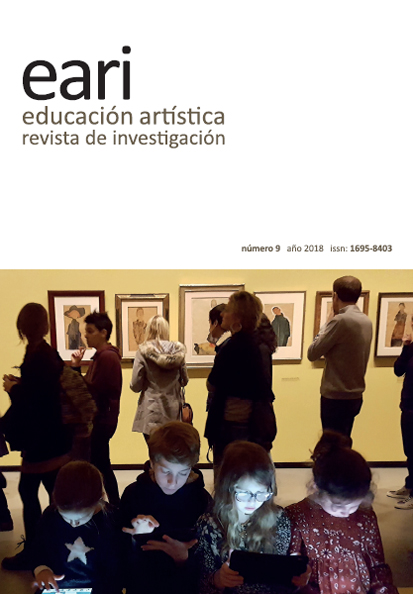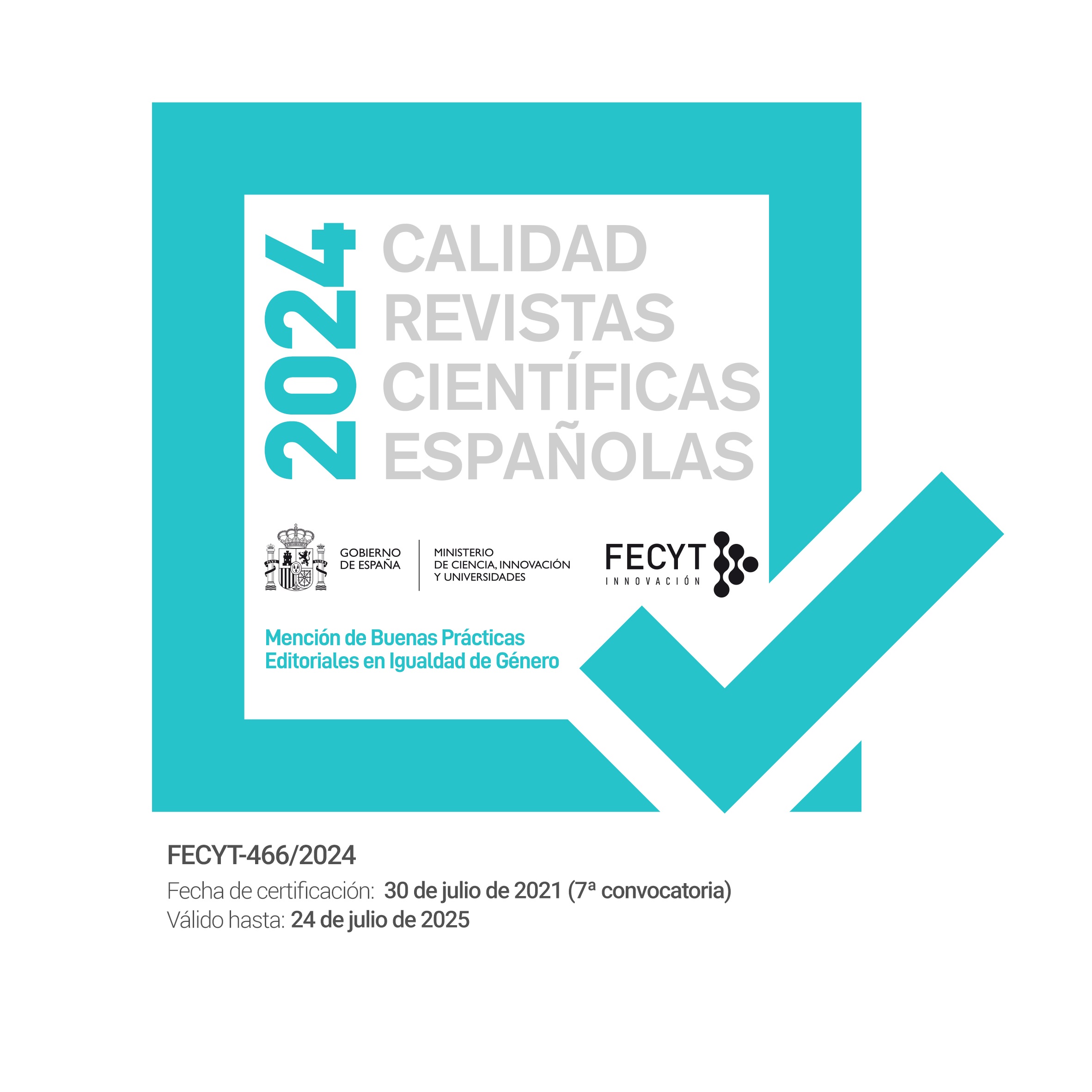Subjective derivations in contemporary (By the way Pademonia Panacea)
DOI:
https://doi.org/10.7203/eari.9.12283Keywords:
Contemporary Subjectivities, Subjectivities celebrity, Body, Aesthetic cognition, Pademonia Panacea Abstract
Abstract
The artistic project: Pademonia Panacea allowed me to make certain experimental, sensitive and vital approaches, aimed at understanding some aspects about constitution of Subjectivities through contemporaneity, and because of it, being concerned to formation and way to establish more careful relations with all beings that inhabit the universe. These inquiries have been built from a perspective of aesthetic cognition, it means, a pathway of construction and relation with reality, in which the possibilities of understanding and sensitive action are recognized. From an initial framing, the article goes further into the question related to contemporary subjectivities, in order to develop two ways of subjective derivations.
 Downloads
Downloads
 References
References
Barthes, R. (2009). El susurro del lenguaje. Más allá de la palabra y la escritura. Barcelona: Paidós Ibérica, S. A.
Baudrillard, J. (1991). La Transparencia del Mal. Ensayo sobre los fenómenos extremos. Barcelona: Editorial Anagrama, S. A.
Bohm, D. (1988). La totalidad y el orden implicado. Barcelona: Editorial Kairós, S. A.
Deleuze, G. (2007). Empirismo y subjetividad. Barcelona: Gedisa.
Deleuze, G. y Guattari, F. (2012) ¿Cómo hacerse a un cuerpo sin órganos? En Mil mesetas. Capitalismo y esquizofrenia. Valencia: Pretextos.
Déotte, J. (2012). ¿Qué es un aparato estético? Benjamin, Lyotard, Rancière. Santiago de Chile: Ediciones Metales Pesados.
Kaprow, A. Perfermancelogia. Disponible en: http://performancelogia.blogspot.com/ 2007 /04/definicin-de-happening-allankaprow.html Revisado: marzo 18 /2014
Pandemonia, Panacea. RTVE, L2. Alaska y Coronas. Disponible en: www.youtube.com/watch?v =TFdBfn8IyLo Revisado: febrero 19 /2014
Pandemonia, Panacea. Blog 9621. Viste la calle. Disponible en: www.vistelacalle.com/ 58149/entrevista-a-pandemonia-panacea/. Revisado: marzo 15 /2014
Pardo, J. (2011). El cuerpo sin órganos. Presentación de Gilles Deleuze. Valencia: Pretextos.
Rancière, J. (2005). Sobre políticas estéticas. Barcelona: Museud’Art Contemporani de Barcelona.
Rolnik, S. (26 Febrero, 2015). El ocaso de la víctima: La creación se libra del rufián y se reencuentra con la resistencia. [Web] (http://www.unesco.org.uy/ci/fileadmin/educacion /El%20ocaso%20de%20la%20v%C3%ADctima%20-%20NoFormal%20JFIT.pdf).
Sibilia, P. (2005). El hombre postorgánico: Cuerpo, subjetividad y tecnologías digitales. Buenos Aires: Fondo de Cultura Económica (FCE).
Downloads
Published
How to Cite
-
Abstract705
-
PDF (Español)387
Issue
Section
License
![]()
Educación artística: revista de investigación (EARI) retains the proprietary rights (copyright) of published works, and favors and allows the reuse of the same under the license Creative Commons Attribution-Noncommercial Use 4.0 International License (CC-BY-NC 4.0), which allows third parties to use the published material whenever the authorship of the work and the source of publication is mentioned (journal, publisher and URL of the work), and it is used for non-commercial purposes.
Authors are encouraged to disseminate their work after it has been published, through the internet (for example, in institutional archives online or on its website) which can generate interesting exchanges and increase work appointments.








